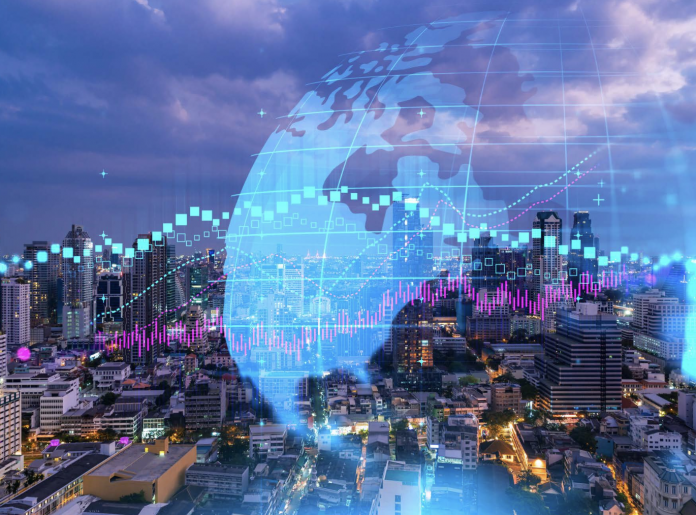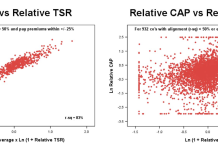Hadia Choudri, Senior Lecturer (Innovation and Entrepreneurship) at The University of Law Business School, examines the underlying trends of emerging market economies for reaching the ambitious 2030 Agenda
In the dawn of a new age, the working procedure of emerging market economies (EMEs) is crucial for a world economy. In this context, we consider these economies’ future and underlying trends and what that means for reaching the ambitious 2030 Agenda.
In addition, attention is turned to the activities of the UN’s GEMB and how they have sought to use the World Economic Forecasting Model (WEFM) to derive economic predictions that would remain consistent for emerging markets across different countries.
EMEs: Global Economic Trends and the 2030 Agenda
The altered state of the global economic dynamic highlights how necessary it is to act together promptly to achieve the objectives in the 2030 Agenda. World problems include topics such as climate change and social and economic inequalities. As the change happens, differences will be made through EMEs.
It is not only economic growth that matters but also long-term sustainable development, which addresses social, environmental, and economic aspects. In our quest to reach Sustainable Development Goals, it is important to remember that global economies are interlinked, and everyone has a role in promoting growth to benefit all.
GEMB’s role in economic forecasting for EMEs
We must understand developing market economies, and the UN’s Global Economic Monitoring Branch (GEMB) is crucial in this. GEMB employs the WEFM to make accurate predictions about the world economy. When they do this, policymakers can vastly improve decision-making due to the useful information that helps them develop strategies that align with the broader world’s objectives. This form of collaboration creates unity and a feeling of shared responsibility in governments as they try to produce ways to navigate a volatile economy.
R&D investment in emerging market economies
The pandemic has highlighted the need for R&D in trying times. However, several big emerging economies were already out of pace with R&D investments before the global health crisis took hold. This concerns me about how well they can cope when challenges emerge spontaneously. The priorities require re-assessment, and more attention should be paid to the information economy. However, the stronger R&D competence of EMEs will make them more flexible to be better prepared for any storms ahead.
EMEs monetary policy and economic support
There has been a definite trend towards positive policies in the past few months. It is widely believed that the easing of monetary policy can help to accelerate economic growth, particularly after a massive crisis. However, policymakers must be cautious as they undertake this journey, weighing the advantages against the disadvantages and considering the impact of decisions. What is needed here, therefore, is to strike the right balance for growth that will stand the test of time and benefit all.
Financial stability and credit ratings for EMEs
What concerns people from developing economies is whether the financial situation will remain stable, particularly for people with good credit. However, although countries can solve some issues, maintaining a balance requires a more sophisticated solution.
As global financial markets are interdependent, changes in one region can affect other areas. As such, even if a country has good credit ratings, it still needs to exert care and have adjustable financial strategies to keep things under control as the world transforms.
A sustainable approach to EMEs
It is evident that the world of emerging market economies requires a broad and sustainable approach to achieve the objectives of the 2030 Agenda against a backdrop of complexity and interdependent reality. The work of GEMB is highly significant because it makes international economic forecasts and analyses a wide range of factors, including R&D spending, monetary policy, and financial security.
The choices emerging economies will make in the next decade will determine their fate and that of others worldwide. The challenge is not only the economy’s growth but also creating a sustainable future that works for all and is sustainable.











